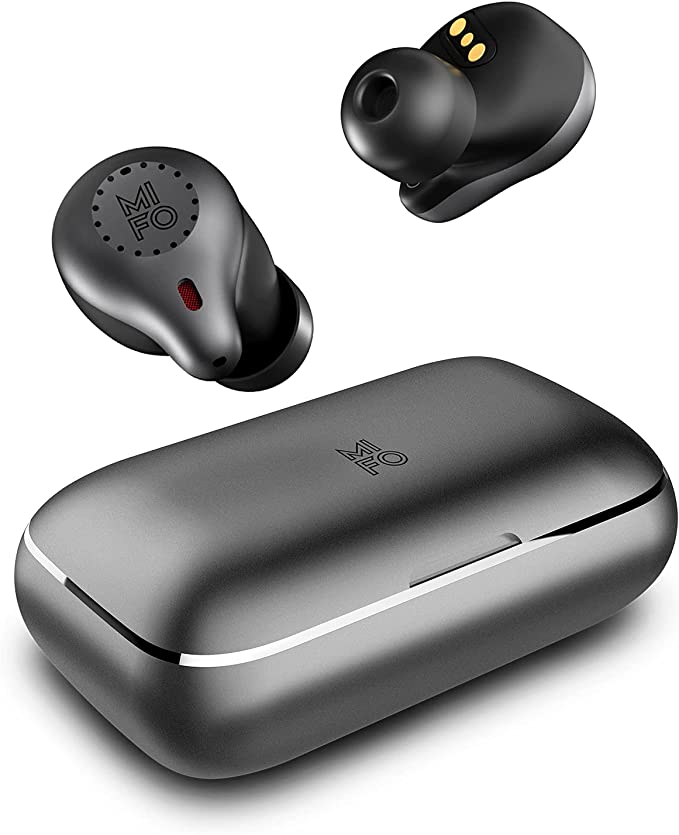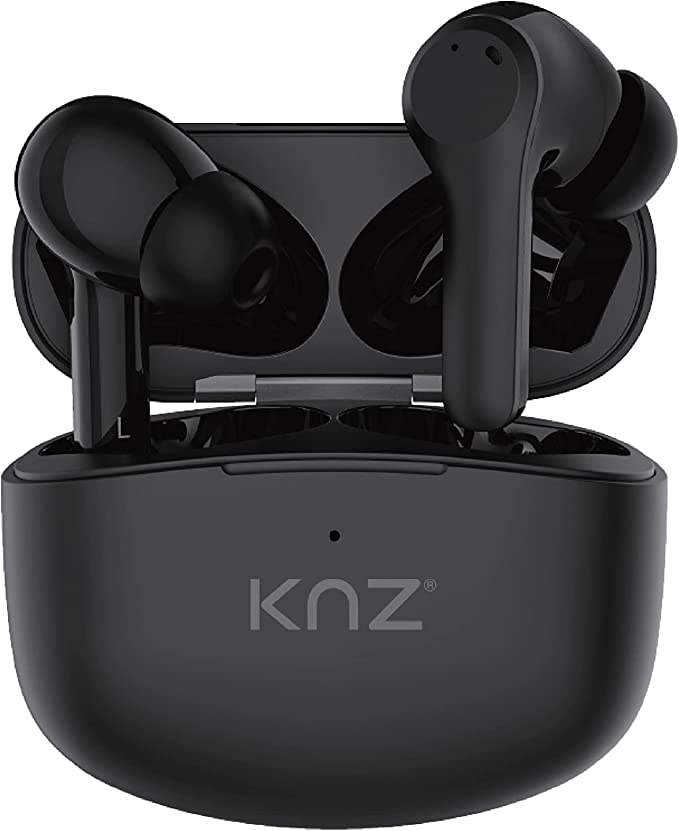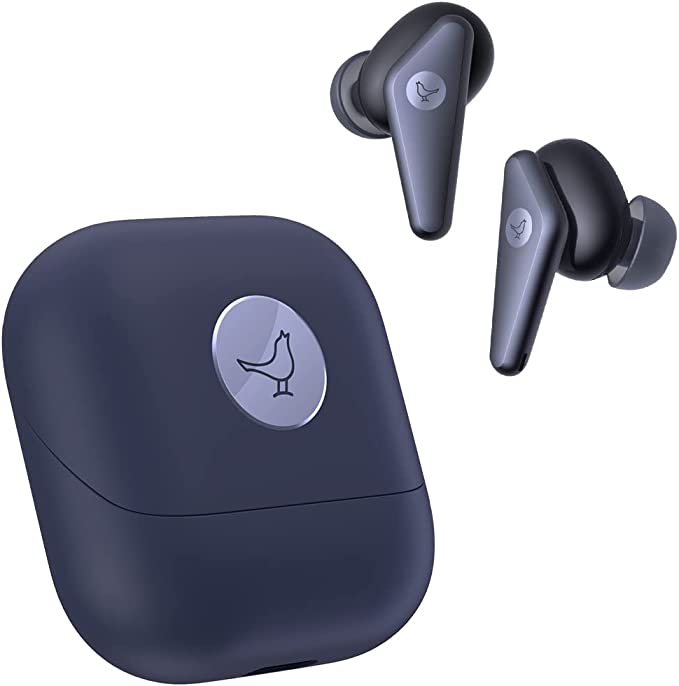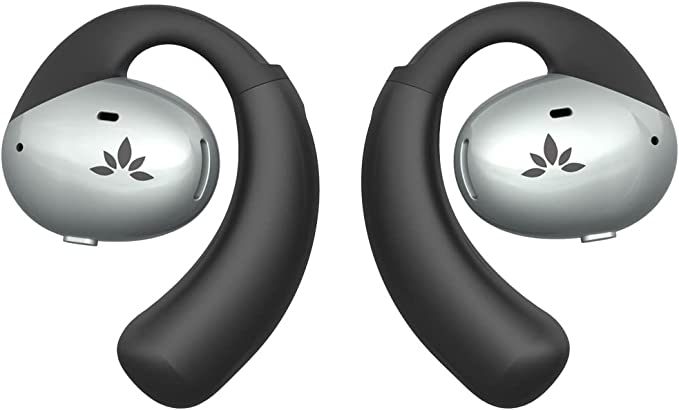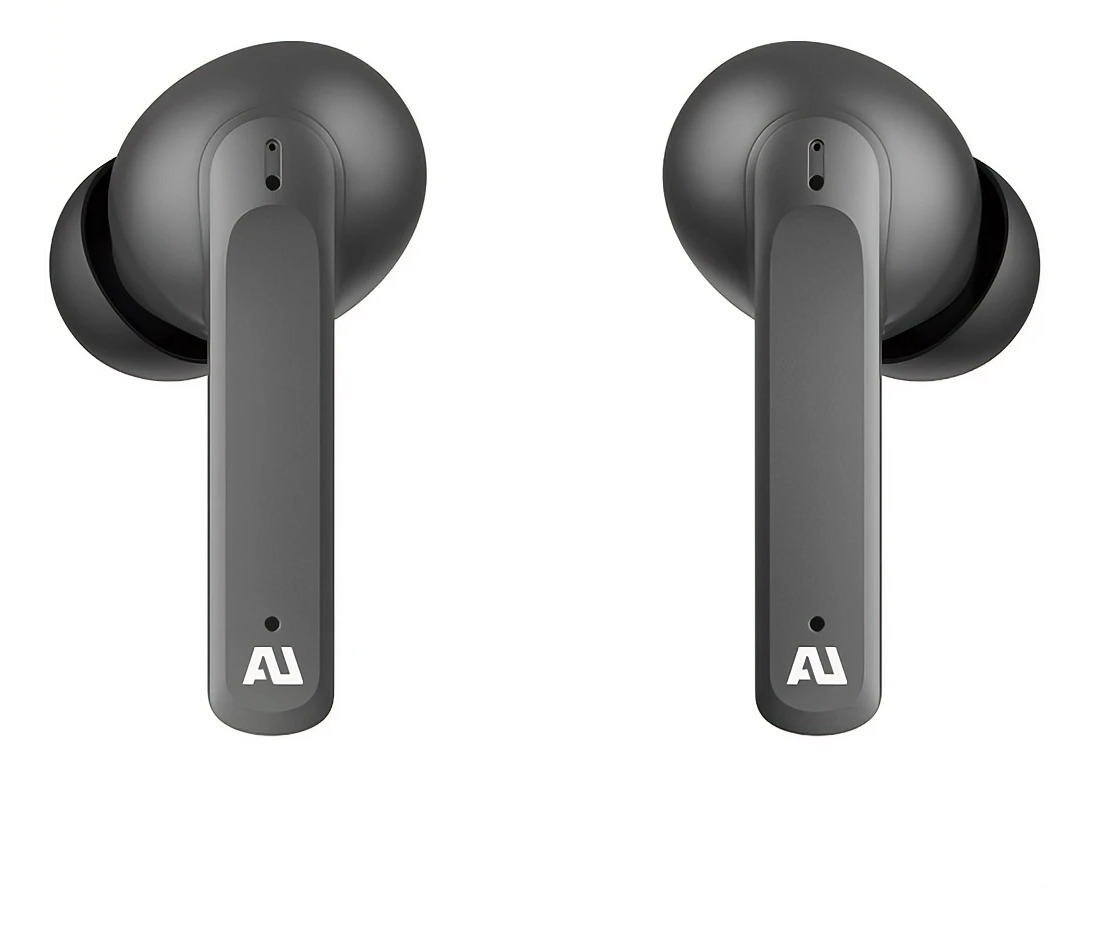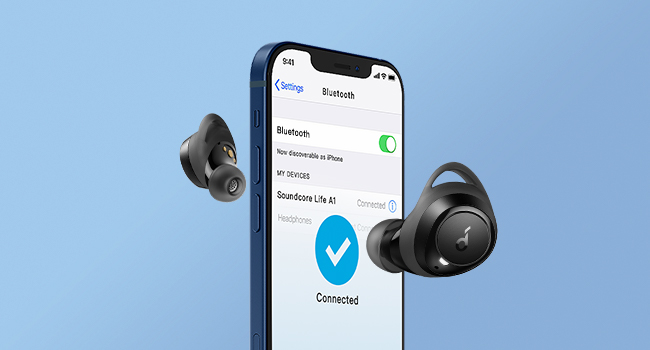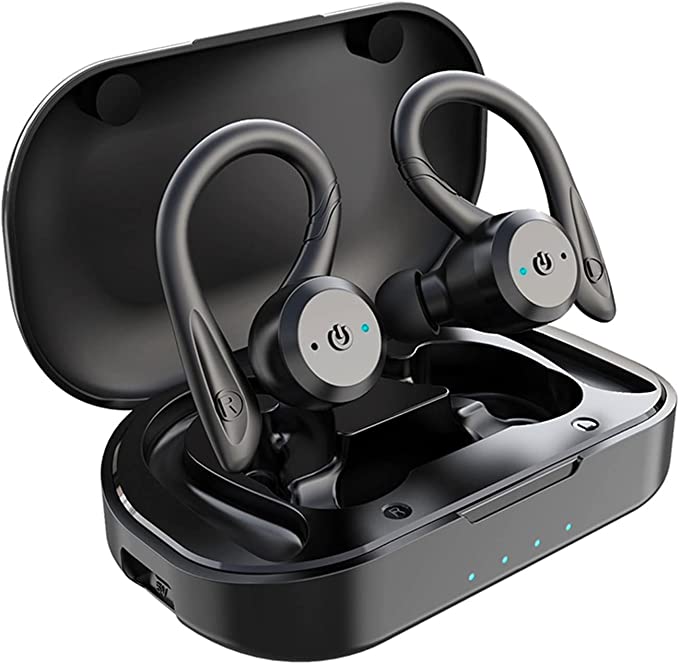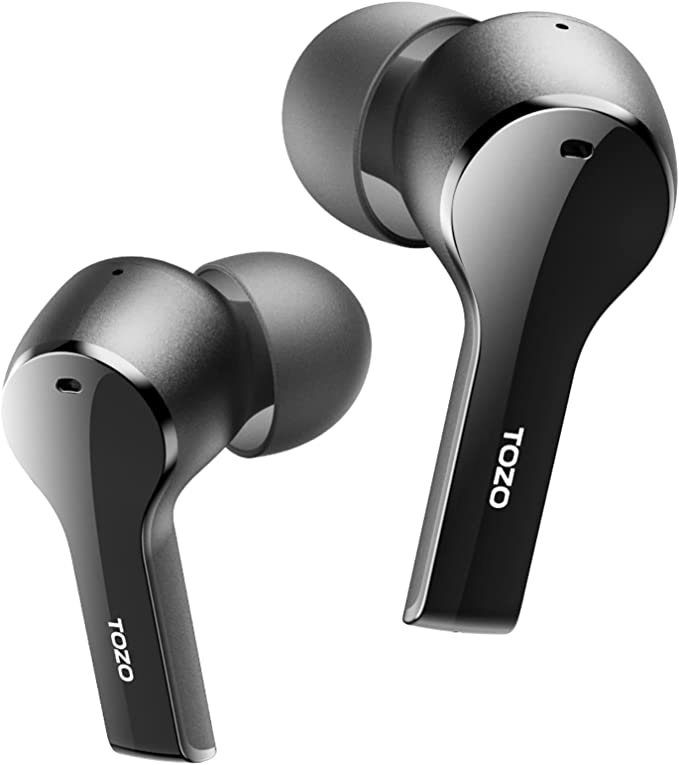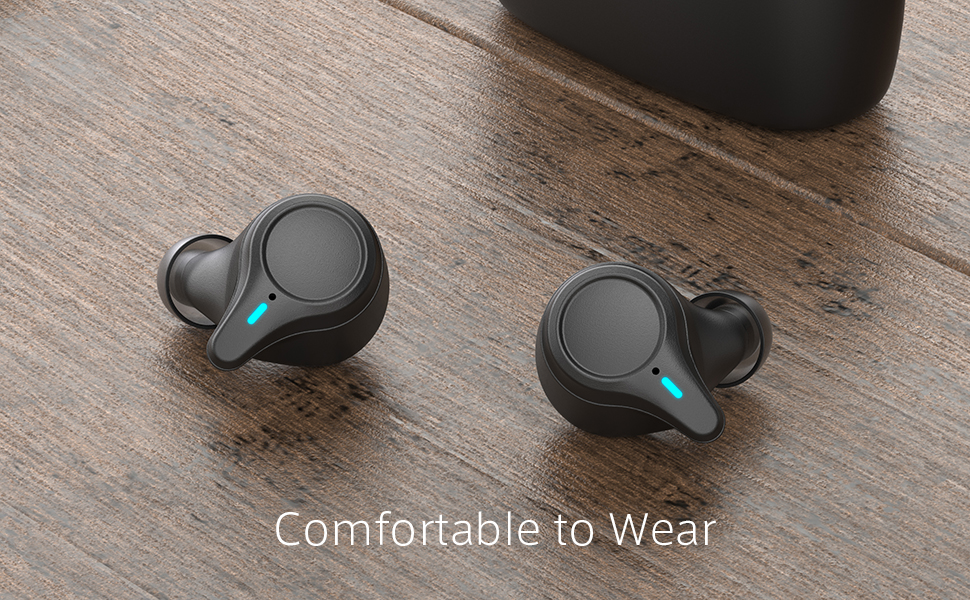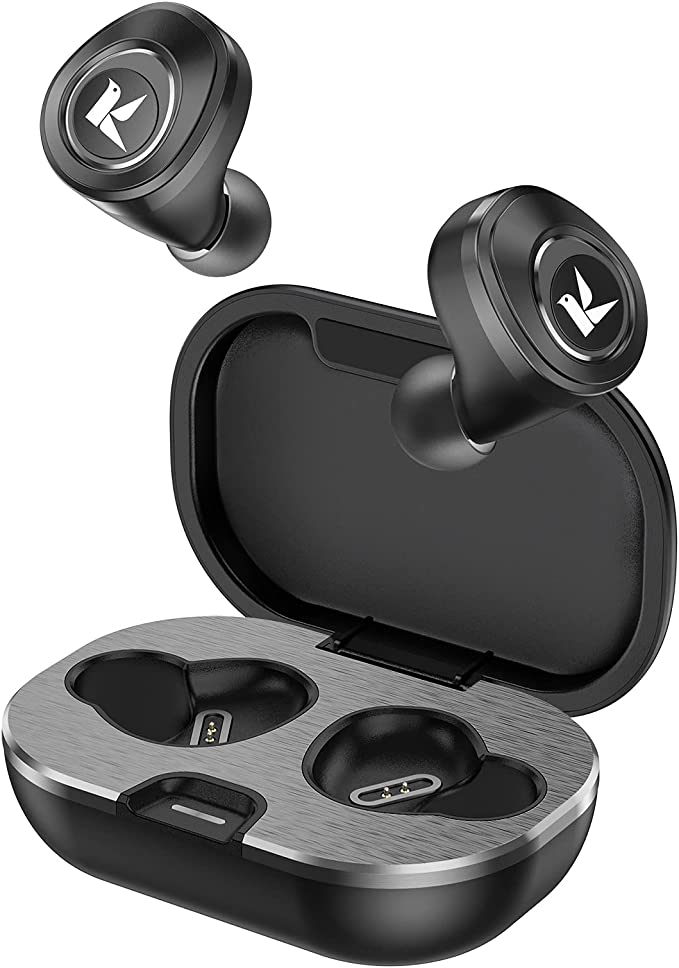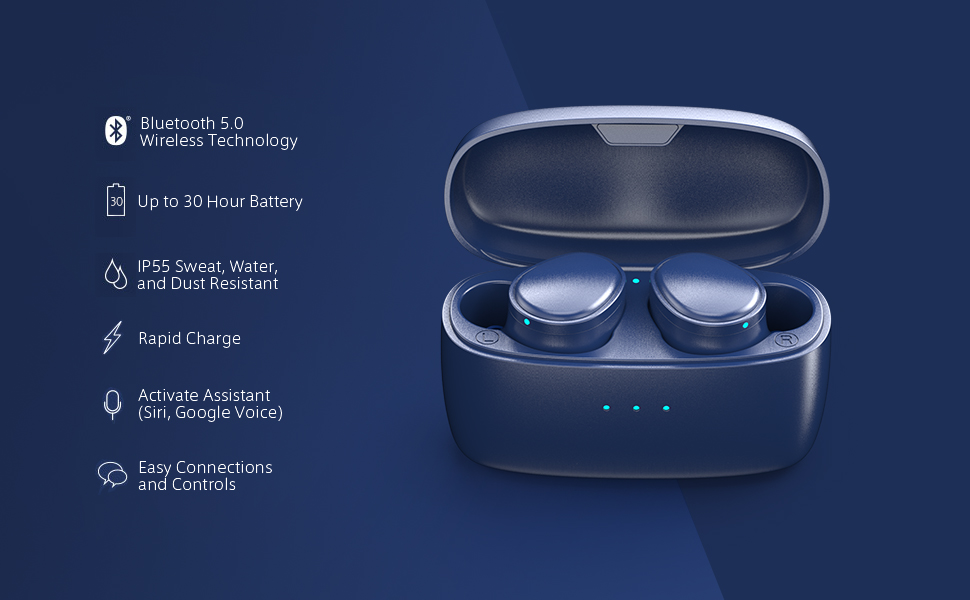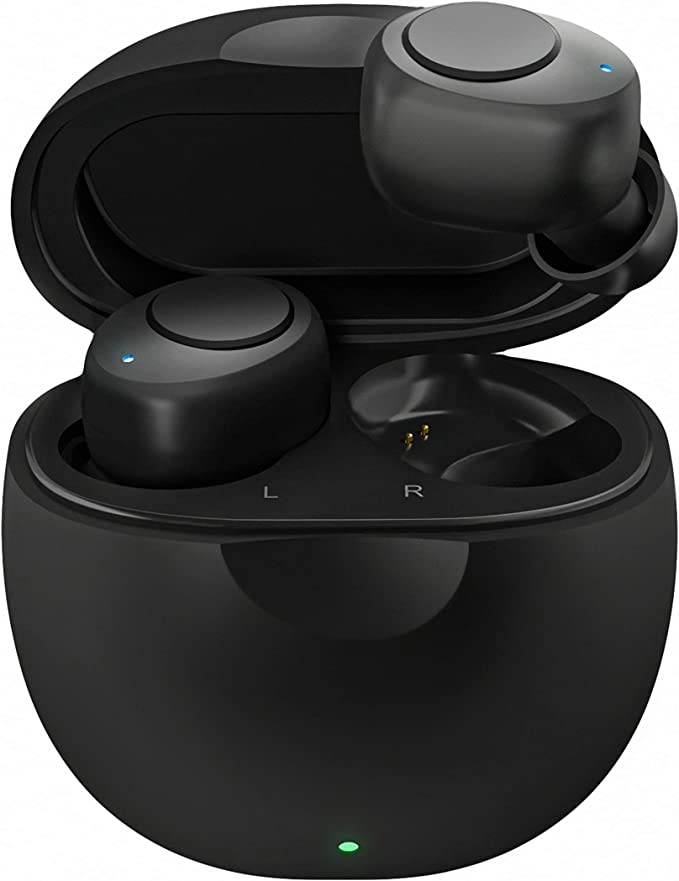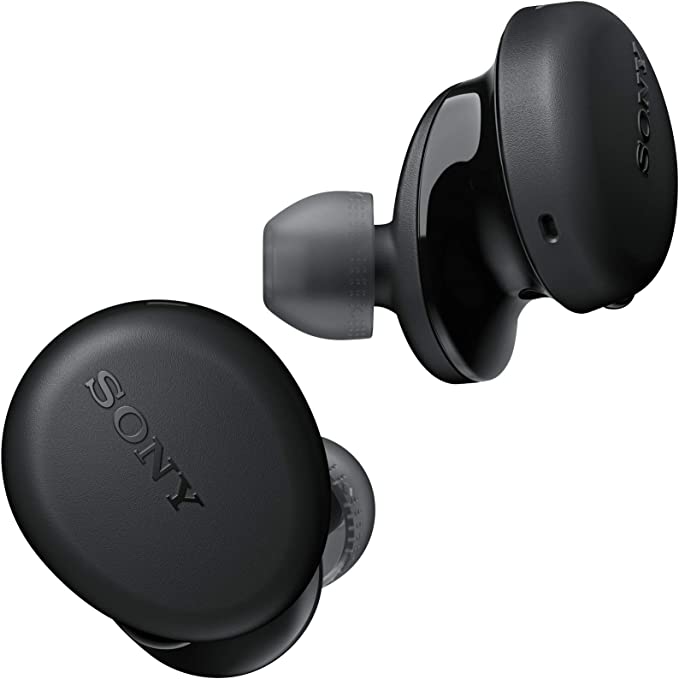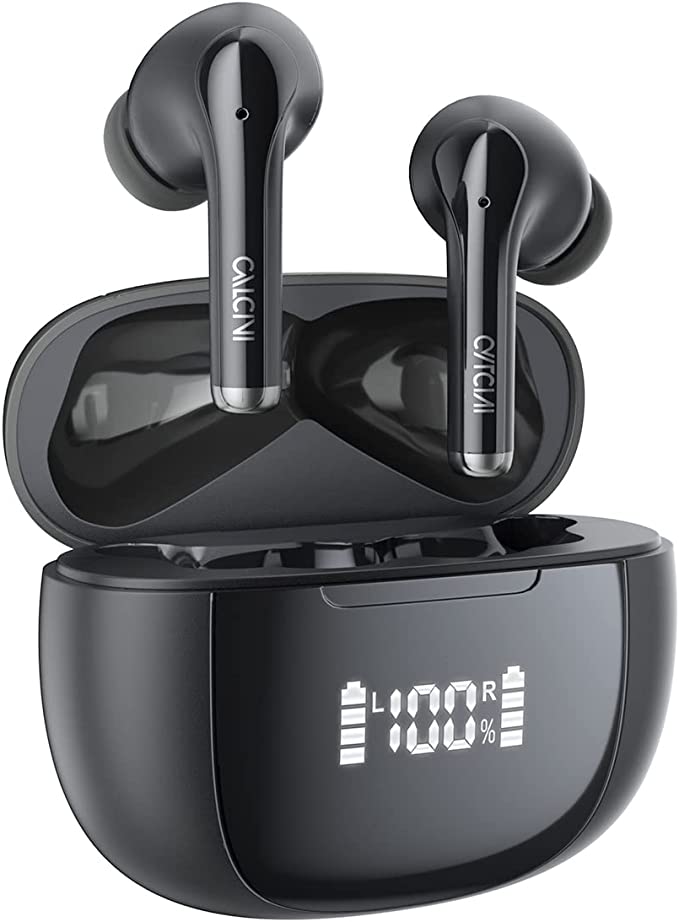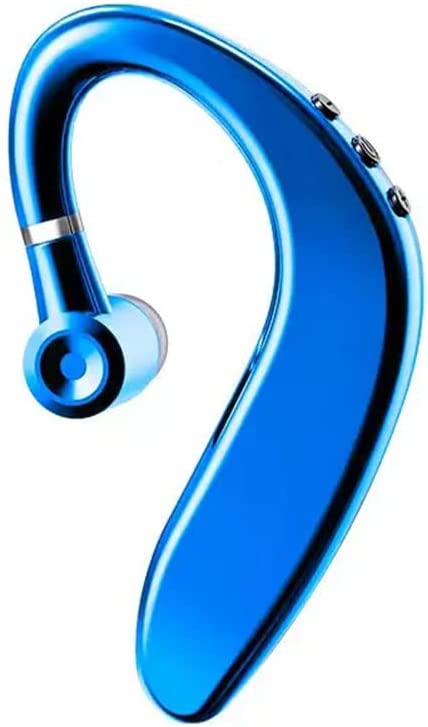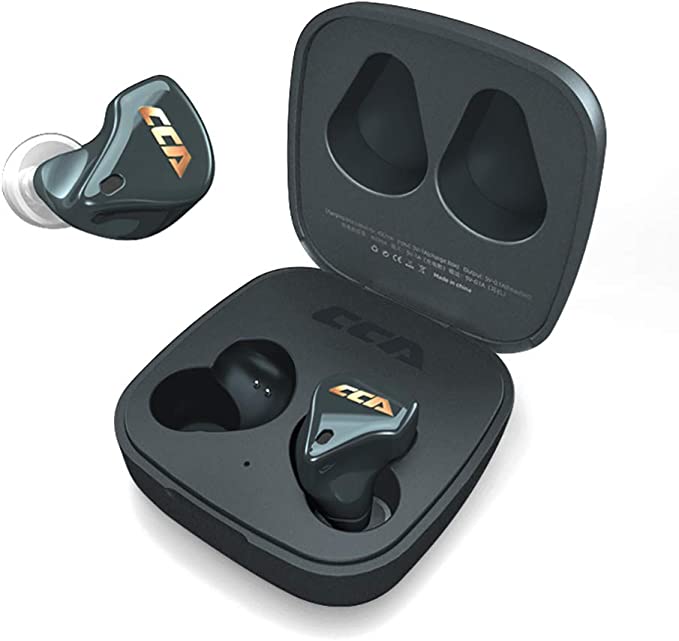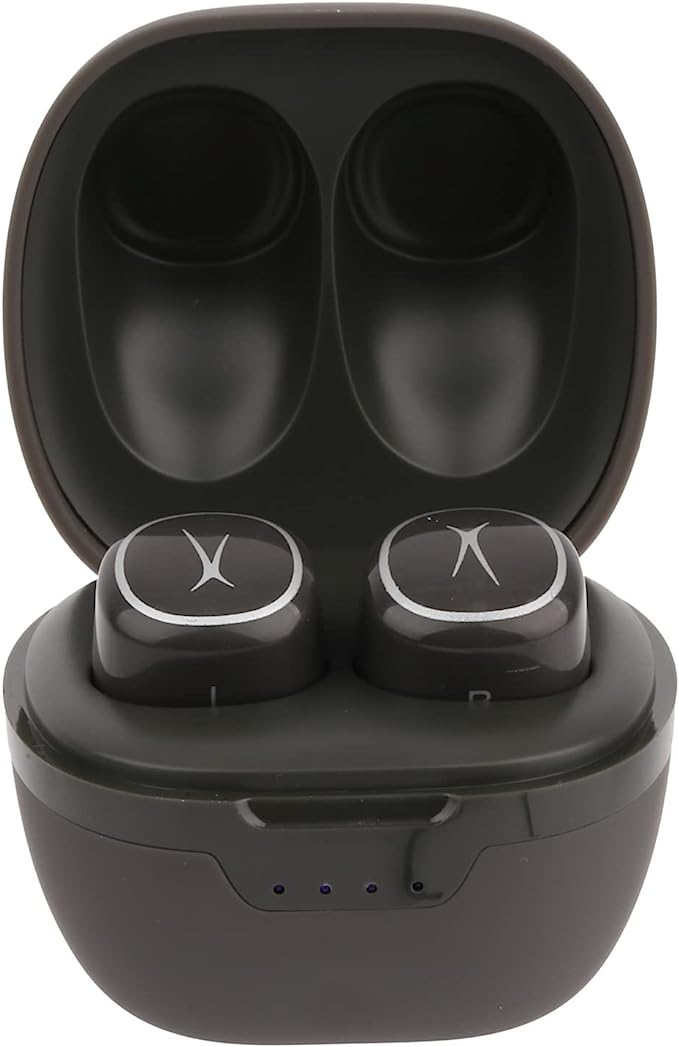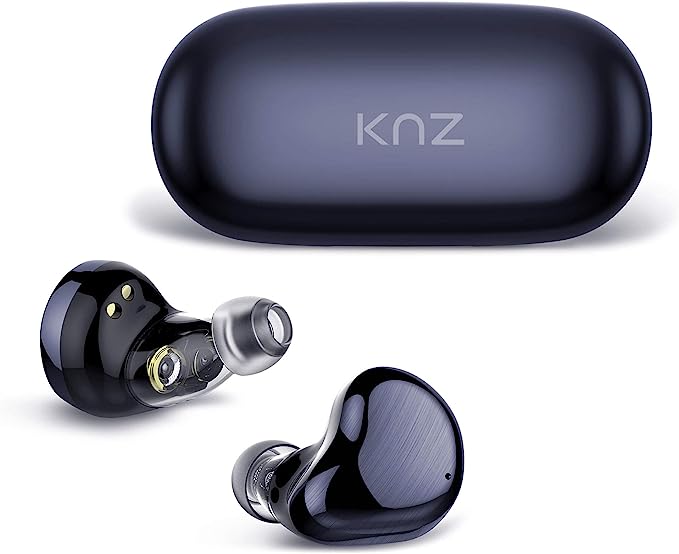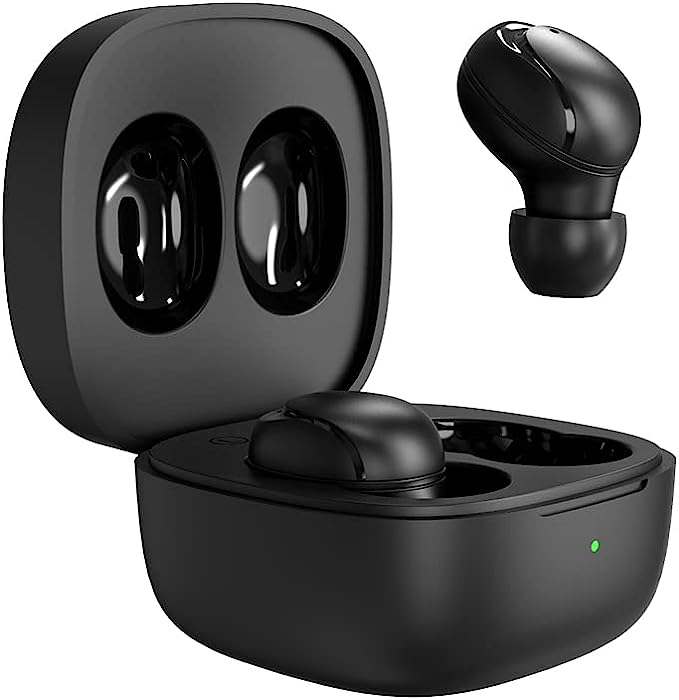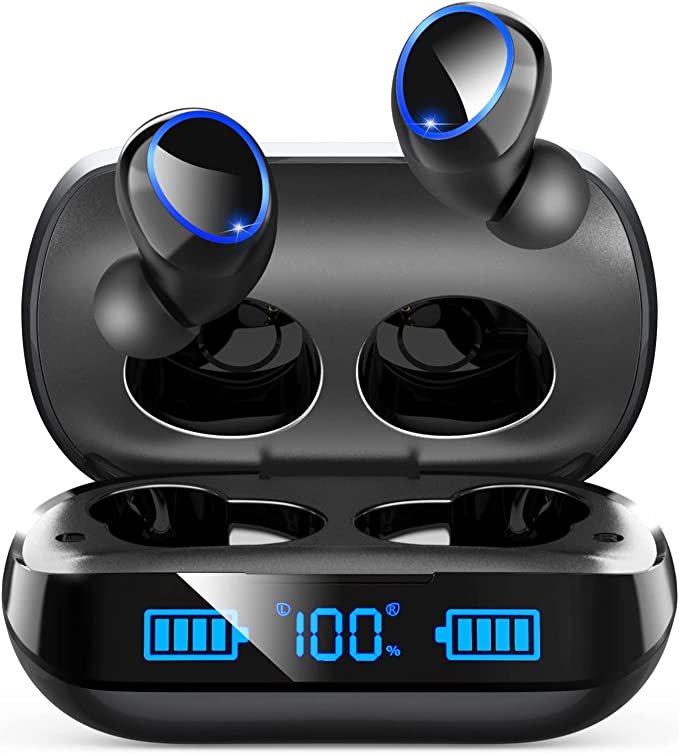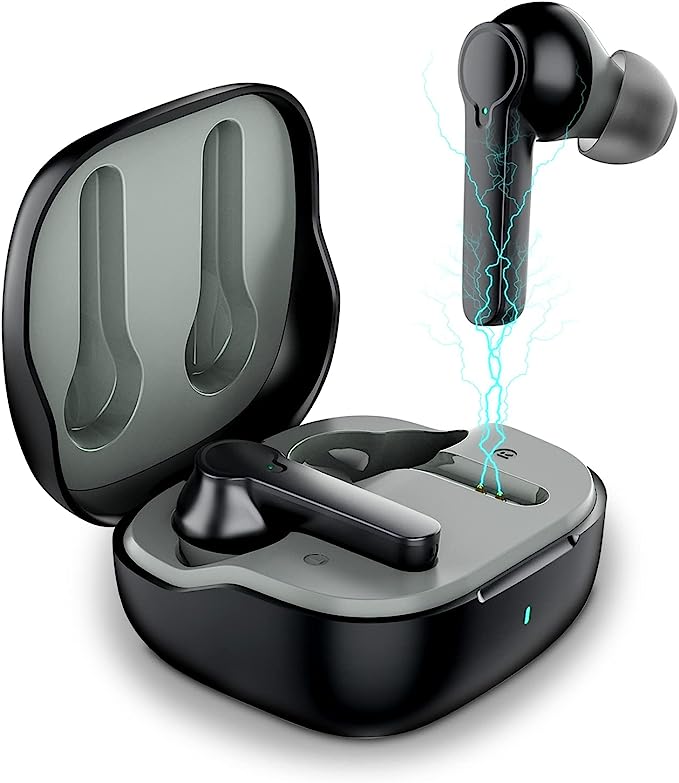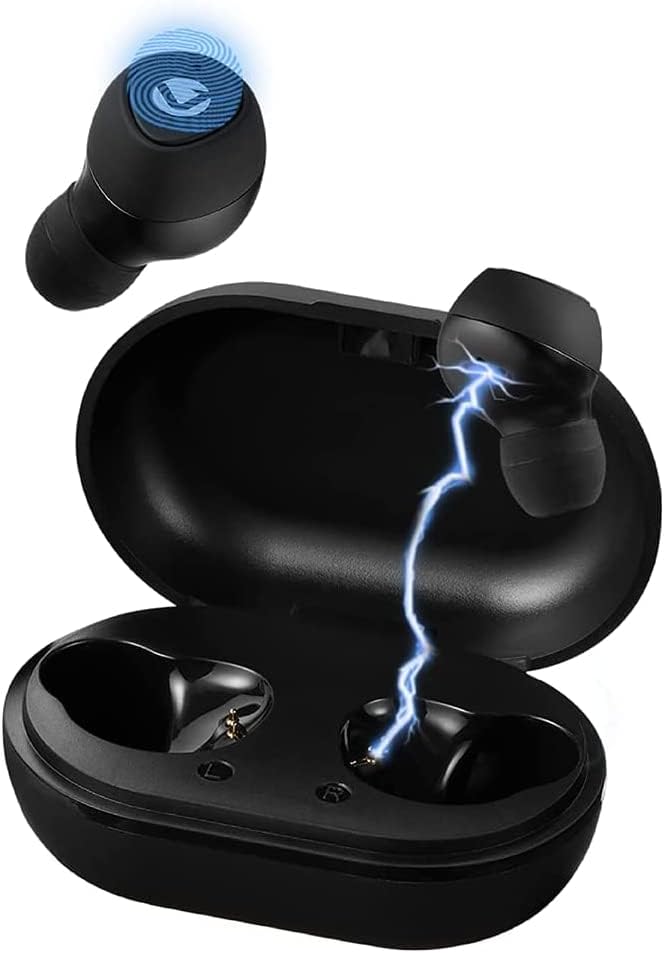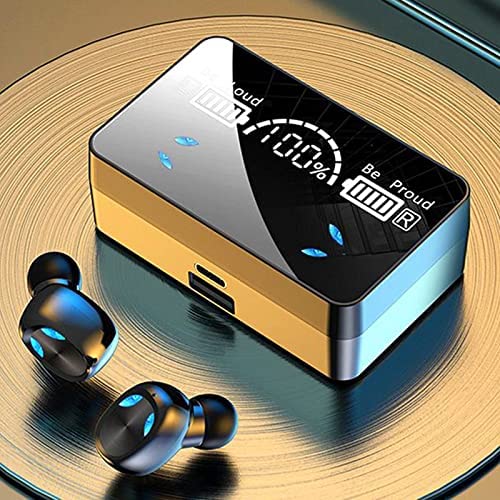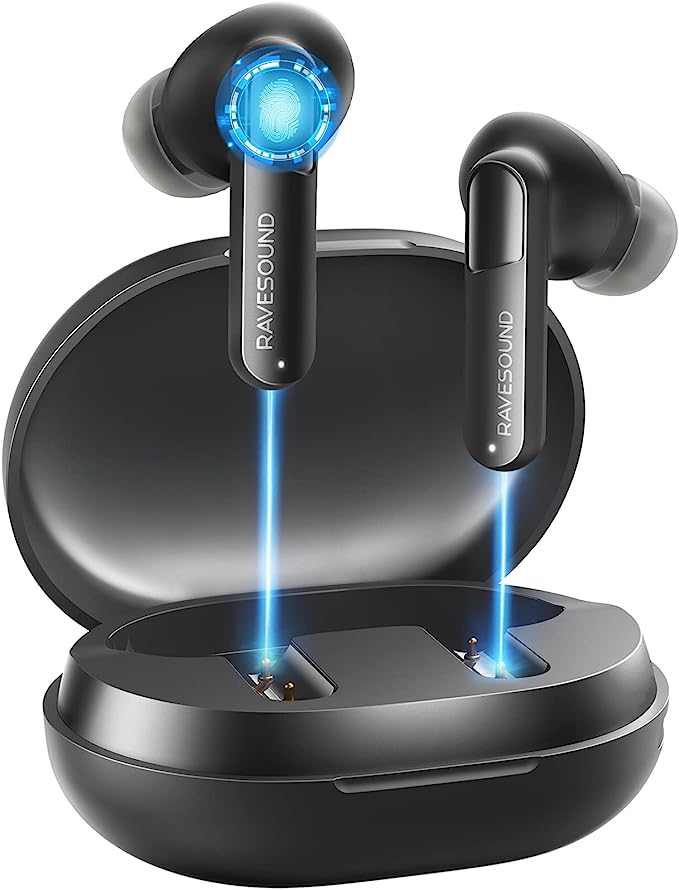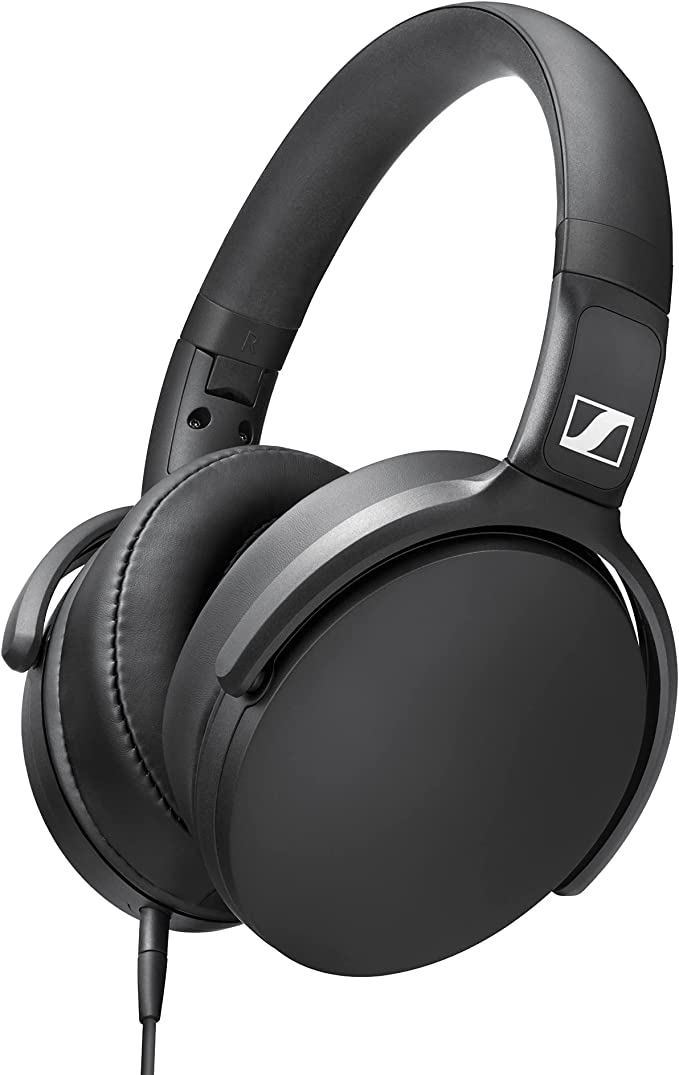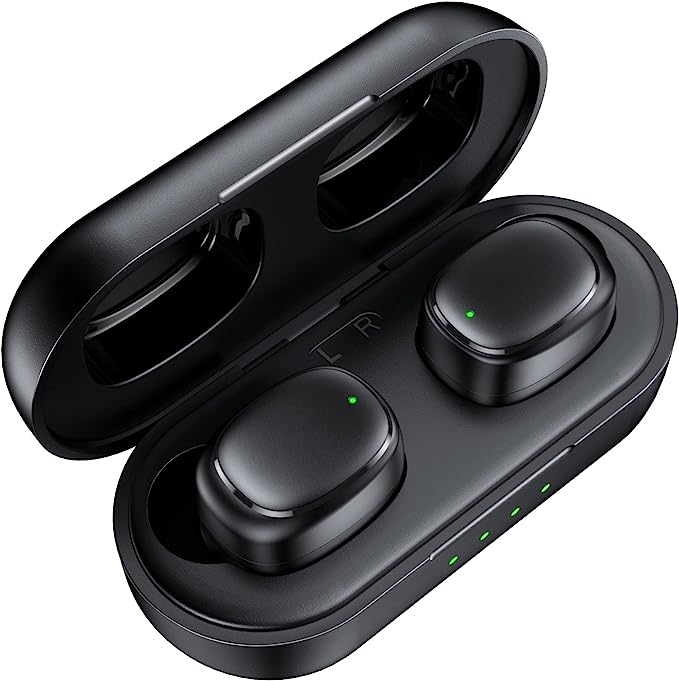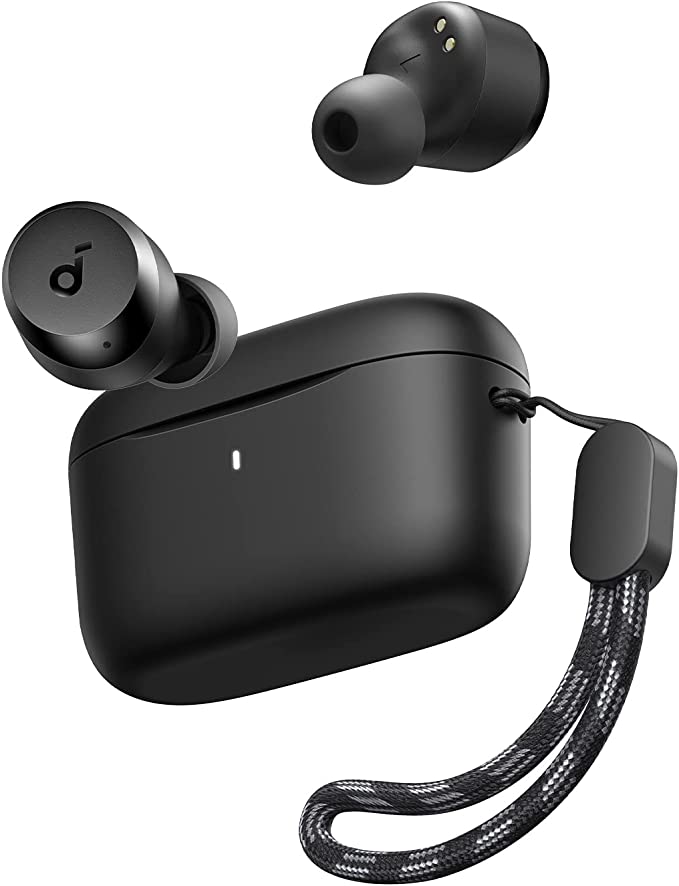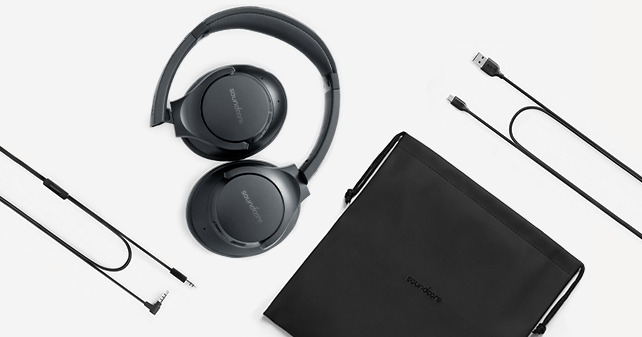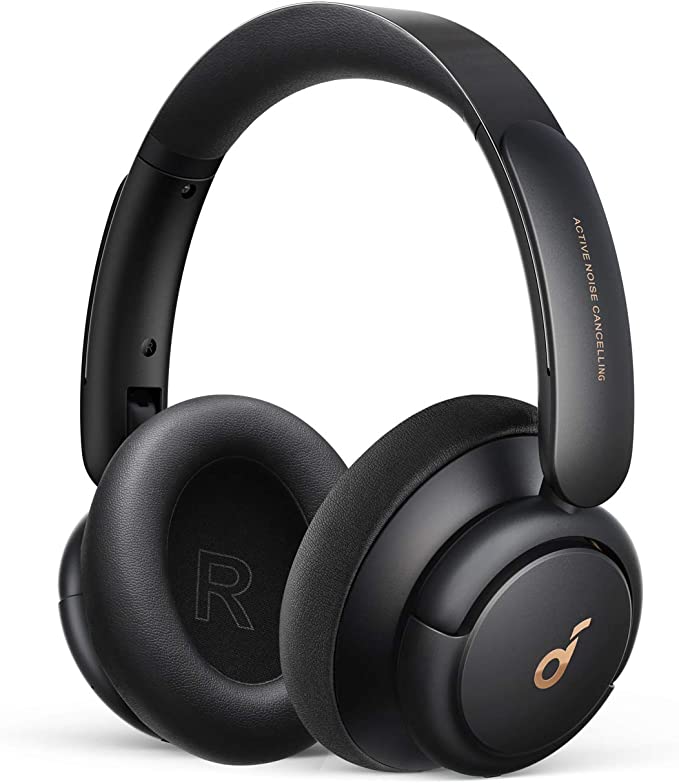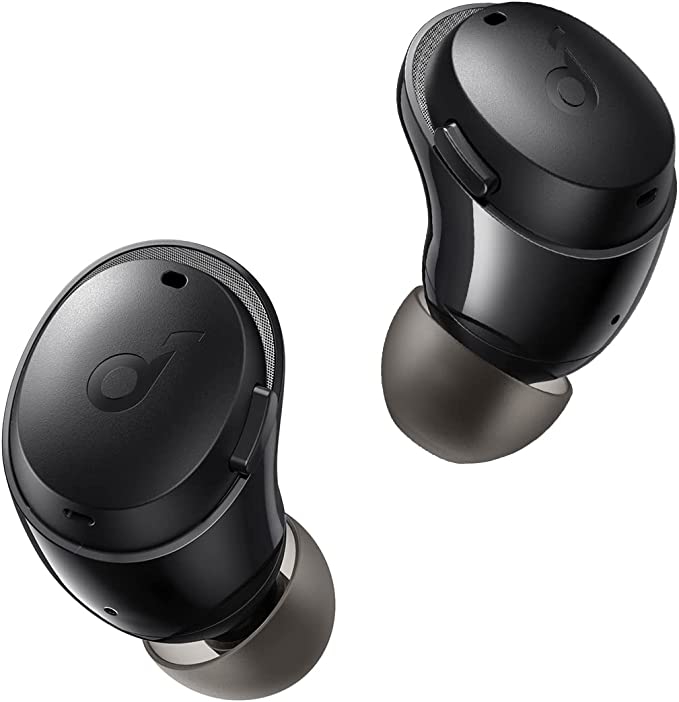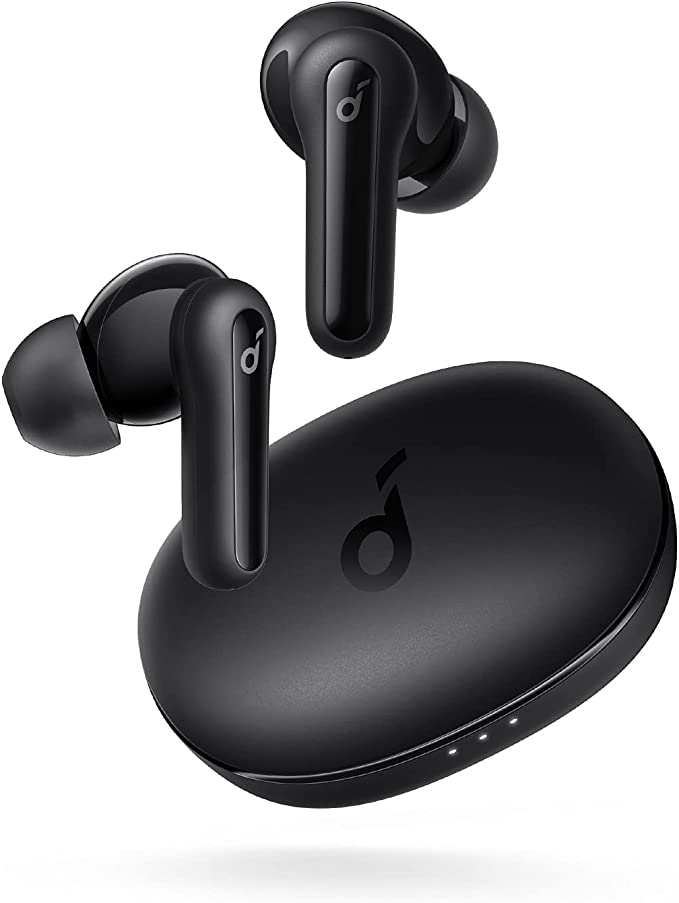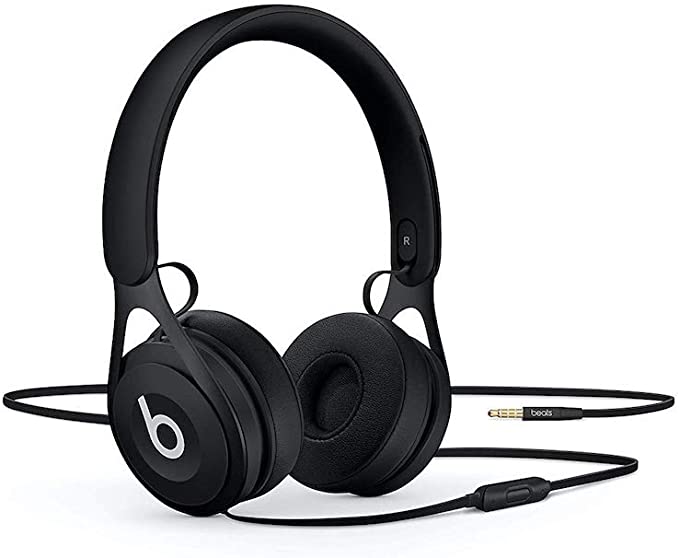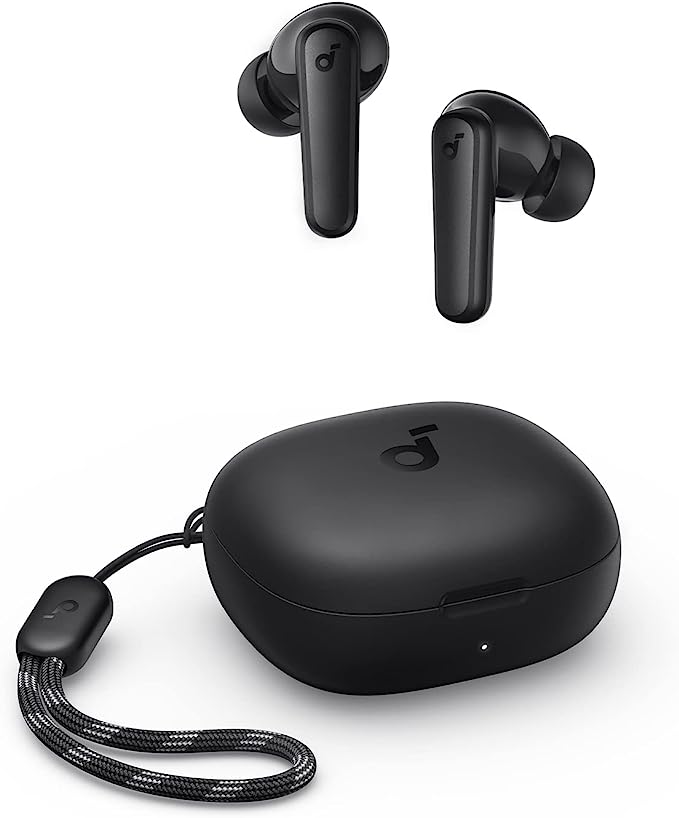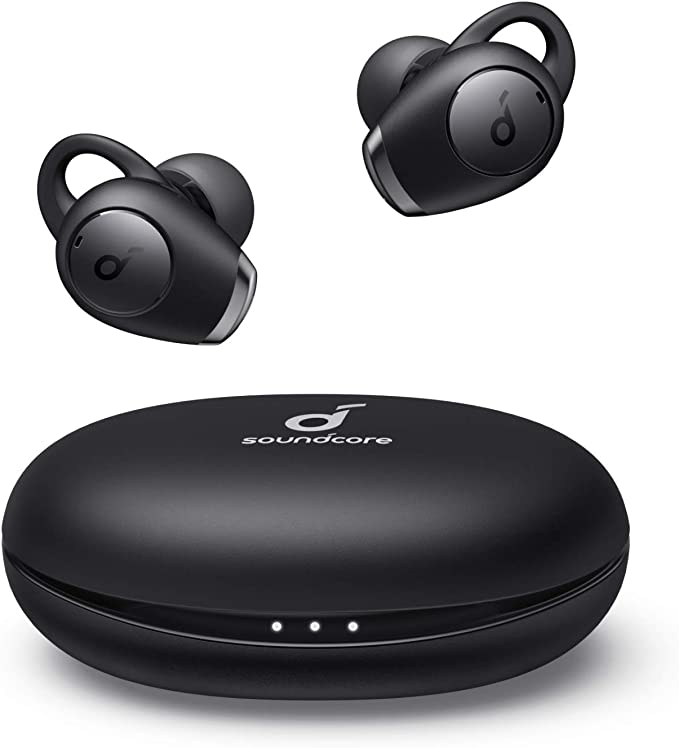ADV. 500 True Wireless Earbuds – The Smallest and Powerful Earbuds
Update on July 3, 2025, 9:24 a.m.
There’s a fascinating, silent arms race happening in our pockets and ears. It’s a race towards invisibility. Think back to the first portable music player you ever owned. Maybe it was a chunky Walkman with headphones connected by a coiled wire, or a first-generation iPod that felt revolutionary in its slimness. The goal has always been the same: to carry our personal soundscape with us, without the burden of carrying the machine. Today, that race has reached a new frontier: the true wireless earbud, a device striving to shrink into oblivion.
This brings us to a beautiful paradox. As our audio devices have become infinitesimally small, our expectations for their sound have only grown bigger. How can something that almost disappears in your ear produce a sound that fills your head? As an audio engineer, this question is my playground. To explore it, let’s take a close look at a fascinating case study in miniaturization: the ADV. 500 True Wireless Earbuds. Marketed as the “world’s smallest,” they present a perfect opportunity to deconstruct the engineering magic and physical laws that govern our modern audio world.

The First Hurdle: Solving the Ergonomic Puzzle
Before we even talk about sound, we have to talk about fit. The human ear is a marvel of biological engineering, but it’s also notoriously unique. That beautiful whorl of cartilage, the concha, and the opening of the ear canal are as individual as fingerprints. This is why the phrase “one-size-fits-all” is the original sin of earbud design. For many, especially those with smaller ears, most earbuds feel less like precision instruments and more like intrusive pebbles. This sentiment is echoed in countless user reviews across the internet, like one for this very product: “Size does matter when it comes to earbuds. I have tiny ears. All of the other earbuds will not stay in my ears, they’re too big.”
This is where the ADV. 500’s primary design choice—its sheer smallness—becomes its first engineering triumph. It isn’t just about being tiny for novelty’s sake; it’s a direct solution to a biomechanical problem. By radically reducing the earbud’s housing, the design minimizes contact with the outer ear, eliminating the pressure points that cause aching and fatigue. The earbud rests snugly within the ear canal’s entrance, relying on the soft silicone tip to create a gentle, secure seal. It’s a design that understands a fundamental principle of ergonomics: the most comfortable tool is the one you forget you’re even using.

Inside the Black Box: Taming Sound in a Tiny Chamber
Now for the main event: the sound. Imagine trying to stage a full symphony orchestra inside a recording booth. The power, richness, and especially the deep, resonant bass would be incredibly difficult to reproduce. This is the exact challenge faced by an engineer designing a tiny earbud. The ADV. 500 uses a 6mm dynamic driver, a miniature version of the same technology found in large speakers, a legacy tracing back to the 1920s. It works by using an electromagnet to vibrate a flexible diaphragm, which in turn moves the air to create sound waves.
The physics here are unforgiving. To produce low-frequency bass notes, you need to move a significant amount of air. A larger driver (a bigger diaphragm) can do this easily. But a tiny 6mm driver? It’s like asking a hummingbird to create the downdraft of a helicopter. So how does it generate a sound described as having “deep, rumbling bass”?
The secret is an invisible collaborator: Digital Signal Processing (DSP). Think of the DSP chip inside the earbud as a brilliant, microscopic sound engineer. Before the electrical signal ever reaches the 6mm driver, this tiny engineer meticulously tweaks it. It analyzes the incoming music and intelligently boosts the bass frequencies. This is where a fascinating field called psychoacoustics comes into play. The DSP doesn’t just make the bass louder; it enhances the specific harmonics and overtones that our brains are conditioned to associate with deep bass. In essence, it masterfully fools our brain into perceiving a richer, more powerful low-end than the tiny driver is physically capable of creating on its own. It’s not cheating; it’s an elegant handshake between physics and perception.

The Unseen Handshake: The Fragile Dance of Wireless Connection
So, we have a comfortable fit and surprisingly potent sound. But none of that matters if the connection to your phone is unstable. The ADV. 500 uses Bluetooth 5.2, a modern and efficient standard. But the true challenge isn’t the standard itself; it’s the antenna. Designing an effective radio antenna in a space smaller than a fingernail, nestled right next to the human head—which is essentially a bag of saltwater, a substance famously good at blocking radio signals—is an engineer’s nightmare.
Imagine trying to have a whispered conversation across a loud, crowded room. That’s what the earbud’s antenna is trying to do. It must clearly “hear” the signal from your phone amidst a sea of interference from Wi-Fi networks, other Bluetooth devices, and even your microwave oven. This is why the product page mentions an “improved antenna design” to achieve its “wide-range connection up to 40ft.” That 40-foot figure is an ideal, line-of-sight measurement. In the real world, that connection is a fragile dance.
This explains the experience of one user who noted the earbuds would try to connect intermittently while dangling from their keys. When the earbuds are in a pocket, blocked by a body, or surrounded by a jumble of metal keys, the delicate Bluetooth signal can struggle to make that clean handshake with the phone. This isn’t necessarily a defect; it’s a raw, real-world demonstration of the physical limitations that even the most clever engineering must contend with.

The Unsung Hero: The Battery
There’s one final piece to this puzzle, the component that makes it all possible: the battery. The advent of miniature, high-energy-density Lithium-Polymer batteries is the quiet revolution behind the entire wearable technology boom. Unlike the rigid, cylindrical cells of the past, these batteries can be molded into tiny, complex shapes, allowing engineers to cram power into every last cubic millimeter of space within the earbud’s shell. A one-hour charge time is a testament to how efficiently these tiny power packs can be managed.

Conclusion: More Than The Sum of Its Parts
In the end, a device like the ADV. 500 is a marvel of convergence. It’s not one single breakthrough, but a triumph of countless, hard-won trade-offs. The powerful bass is a trade-off between the physical size of the driver and the intelligence of its software. The stable connection is a trade-off between the antenna’s tiny form factor and the laws of radio physics. The comfortable fit is a trade-off between aesthetics and the complex anatomy of the human ear.
These tiny sound machines remind us that the most elegant technology often isn’t about having a single, overwhelmingly powerful feature. It’s about achieving a delicate, harmonious balance. As we continue our march toward truly invisible tech, it is this art of compromise—this deep understanding of both the physical world and the human experience—that will continue to produce the little miracles we carry with us every day.
